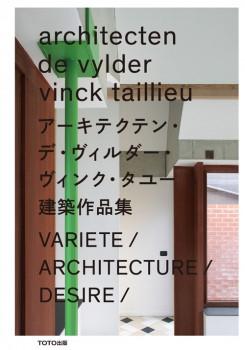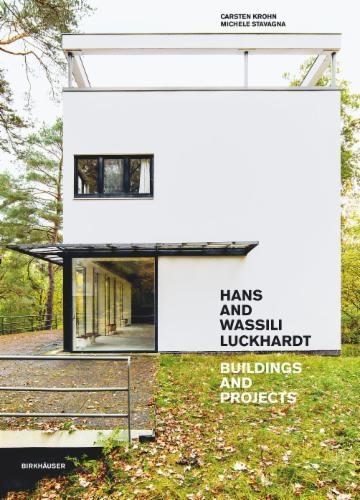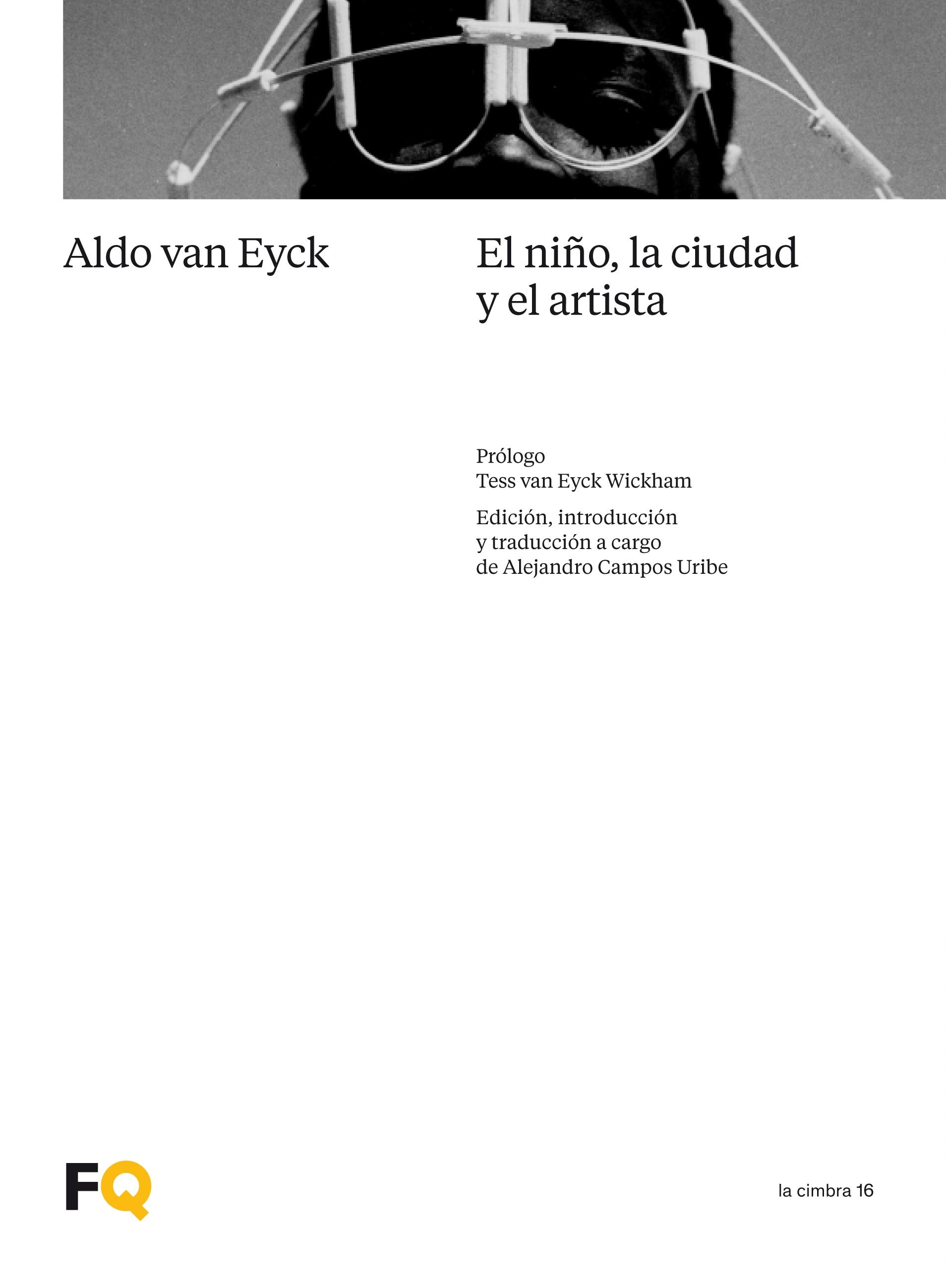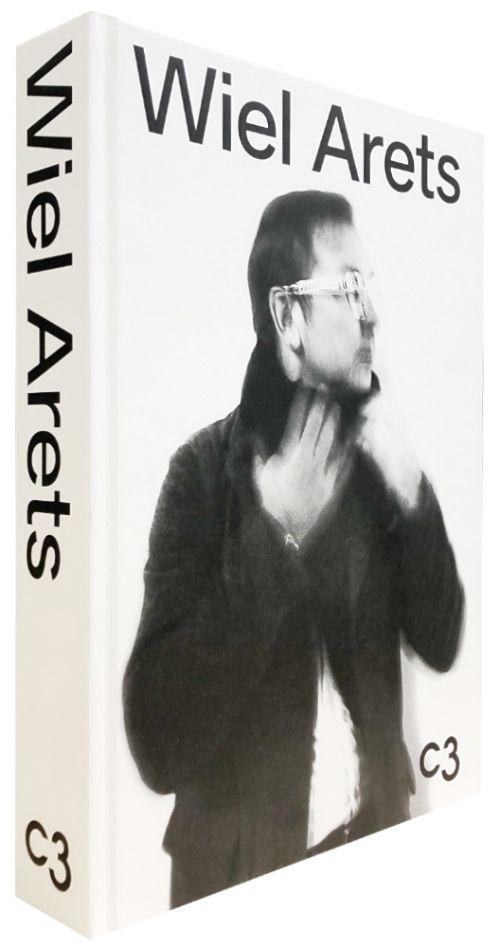SCHWEIZER: OTTO ERNST SCHWEIZER. STADION WIEN
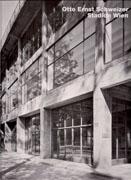
Autor/es
- EAN: 9783932565755
- ISBN: 978-3-932565-75-5
- Editorial: AXEL MENGES EDITION
- Año de la edición: 2010
- Encuadernación: Cartoné
- Medidas: 29 X 32 cm.
- Páginas: 52
- Materias:
monografías de arquitectos
proyectos y edificios
estadios, olímpicos
alemania: arquitectura y arte
Stock en Librería. Envío en 24/48 horas
pvp 35,00 €
Immo Boyken is professor of building history and architectural theory in Konstanz. He is particularly interested in late 19th- and 20th-century architecture. He was highly involved in the monograph on Egon Eiermann, has written work including the monograph on Otto Ernst Schweizer, and most recent on Heinz Tesars Donau City church in Vienna (Opus 42), Egon Eiermanns German Embassy building in Washington (Opus 54), Otto Ernst Schweizers Milchhof in Nuremberg (Opus 59) and the German Pavilions at the 1958 Brussels World Fair by Egon Eiermann and Sep Ruf (Opus 62). When the stadium for a "Winter Workers Olympiad" - one of the most beautiful complexes in Europe, as the daily press put it - was opened in 1931 on the occasion of the 10th anniversary of the Republic of Austria on the Prater site in Vienna, Otto Ernst Schweizer, the architect, was suddenly catapulted into the ranks of internationally acclaimed architects.Par. The stadium, which can seat 60,000, was built as an amphitheatre on the model of its ancient predecessors, in particular the Colosseum in Rome, which Schweizer had studied intensively; the Viennese stadium seen as a reinterpretation of the enormous Roman structure on the basis of the constancy of things that were valid, which was one of the basic premises of his architecture.Par. Otto Ernst Schweizer, born in 1890, and thus of the same generation as Le Corbusier, Hans Scharoun, Erich Mendelsohn and Ludwig Mies van der Rohe, had attracted attention even as a young architect with some outstanding competition entries, and was a cclaimed for his planetarium on the periphery of the old town in Nuremberg and for the stands and the two cafés of the stadium complex there. He had left municipal service as an Oberbaurat to dedicate himself to planning the Milchhof in Nuremberg and also the stadium in Vienna. For thirty years he worked as one of the great teachers in the architecture faculty of the Technische Hochschule in Karlsruhe. He built - after a long break forced upon him by National Socialist culture policy - the II. Kollegiengebäude for Freiburg University. This was his last building, and once again Schweizer s approach to form and function was concentrated in it, almost as the quintessence of a rich creative life.Par. And what remains of the stadium, this most beautiful complex in Europe, as has been said? The landscape around it has been wrecked and allowed to fray into randomness and Schweizer s reflecting lake in front of the arena has been filled in. The arena itself has been enlarged by almost dou ble its appropriate cubature and its height increased, so generally it has changed to such an extent that the original is unrecognizable; hence this book.

